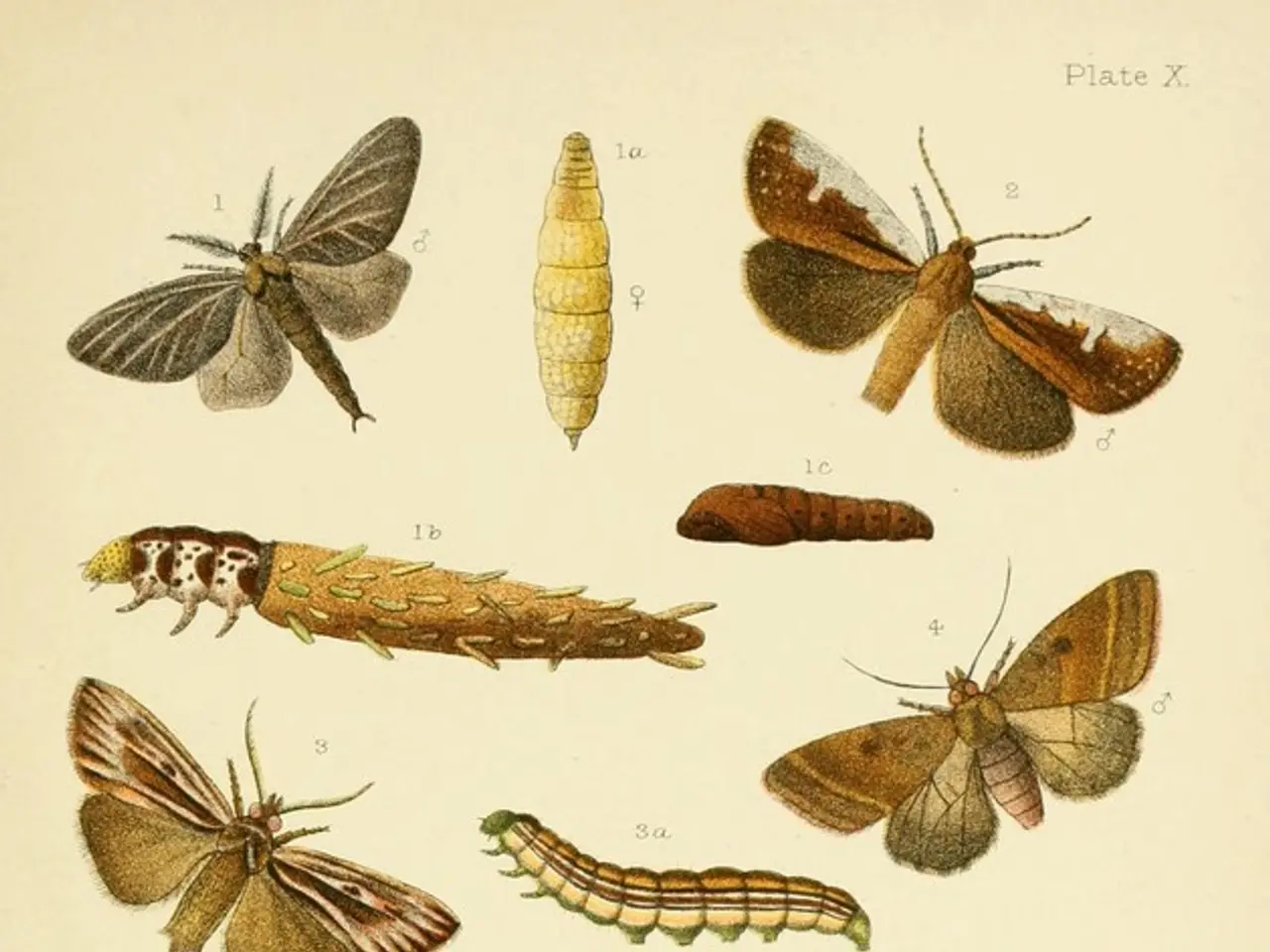Exposing the Mystery of Protein Functions: Structure, Building Blocks, and Alterations
In the intricate dance of life, proteins play a pivotal role as the molecular workhorses that drive various cellular functions. These complex molecules, built from a sequence of amino acids, are the building blocks of life, each with its unique identity and function.
One of the most fascinating proteins is elastin, a flexible protein that lends skin its elasticity. Beyond the skin, elastin is also found in arteries, helping them expand and contract with each heartbeat.
Proteins don't just exist in their basic form; they undergo modifications after synthesis, a process known as post-translational modifications. Examples of these modifications include phosphorylation, glycosylation, acetylation, ubiquitination, and methylation, each having a unique effect on the protein's function or behavior.
The structure of a protein is as essential as its sequence. The primary structure consists of a chain of amino acids linked together by peptide bonds. The secondary structure involves twisting and turning of these yarn-like strands, resulting in structures like alpha-helices and beta-sheets. The tertiary structure, the 3D shape of the protein, is what gives it functionality. Weak interactions like hydrophobic and hydrophilic forces, as well as disulfide bonds, help hold this shape in place.
Proteins also form complex structures, with the quaternary structure involving the combination of multiple proteins into a single, complex form. An example of this is collagen, the most prevalent structural protein in the body, found in bones, cartilage, tendons, and skin, and having a triple-helix structure.
Proteins don't work alone; they form partnerships in the form of protein interactions, which are crucial for cellular functions. These partnerships allow proteins to perform their specific tasks, such as the partnership between actin and myosin in muscle cells, causing the muscle to contract and the heart to pump blood.
In the immune system, proteins like immunoglobulins bind to specific pathogens, sending a signal to other immune cells to come and help. Antibodies, another type of immune protein, grab onto viruses and tag them for destruction, while cytokines serve as messengers, calling in reinforcements and directing other immune cells to the site of infection.
Conformational changes in proteins are crucial for their function. These changes can be triggered by binding to molecules and enable proteins to perform their specific tasks. Allostery, a phenomenon where a change in one part of a protein affects another part, even if the two parts are far apart, plays a significant role in these changes.
Signaling proteins are cellular postmen, delivering information from one cell to another, and are crucial for a wide range of cellular processes. Enzymes, another type of protein, speed up chemical reactions in the body and have a specific 'key' that only fits a certain 'lock' molecule.
Research in the field of proteomics and post-translational modifications has made significant strides in recent years, with researchers like Matthias Mann's group at the Max Planck Institute and John Yates's team at Scripps Research leading the way. Their work has shed light on cell signaling and its role in various cellular processes.
Proteins also play a crucial role in giving structures like hair, nails, and the outer layer of skin their strength and resilience. Keratin, the primary component of these structures, provides them with the strength they need to withstand daily wear and tear. Desmosomes, protein complexes that act as glue, link keratin fibers in hair, giving it strength.
In conclusion, proteins are the molecular workhorses of life, performing a myriad of functions that keep us alive and healthy. From giving skin its elasticity to powering our muscles, proteins are the unsung heroes of our bodies, working tirelessly behind the scenes to ensure our survival.





